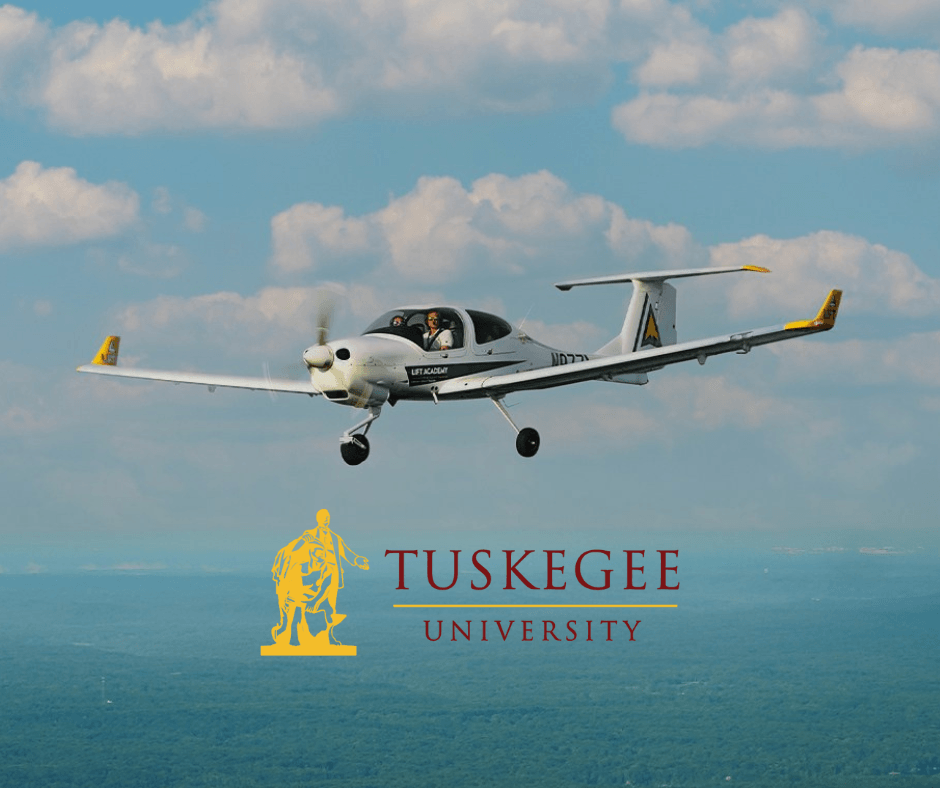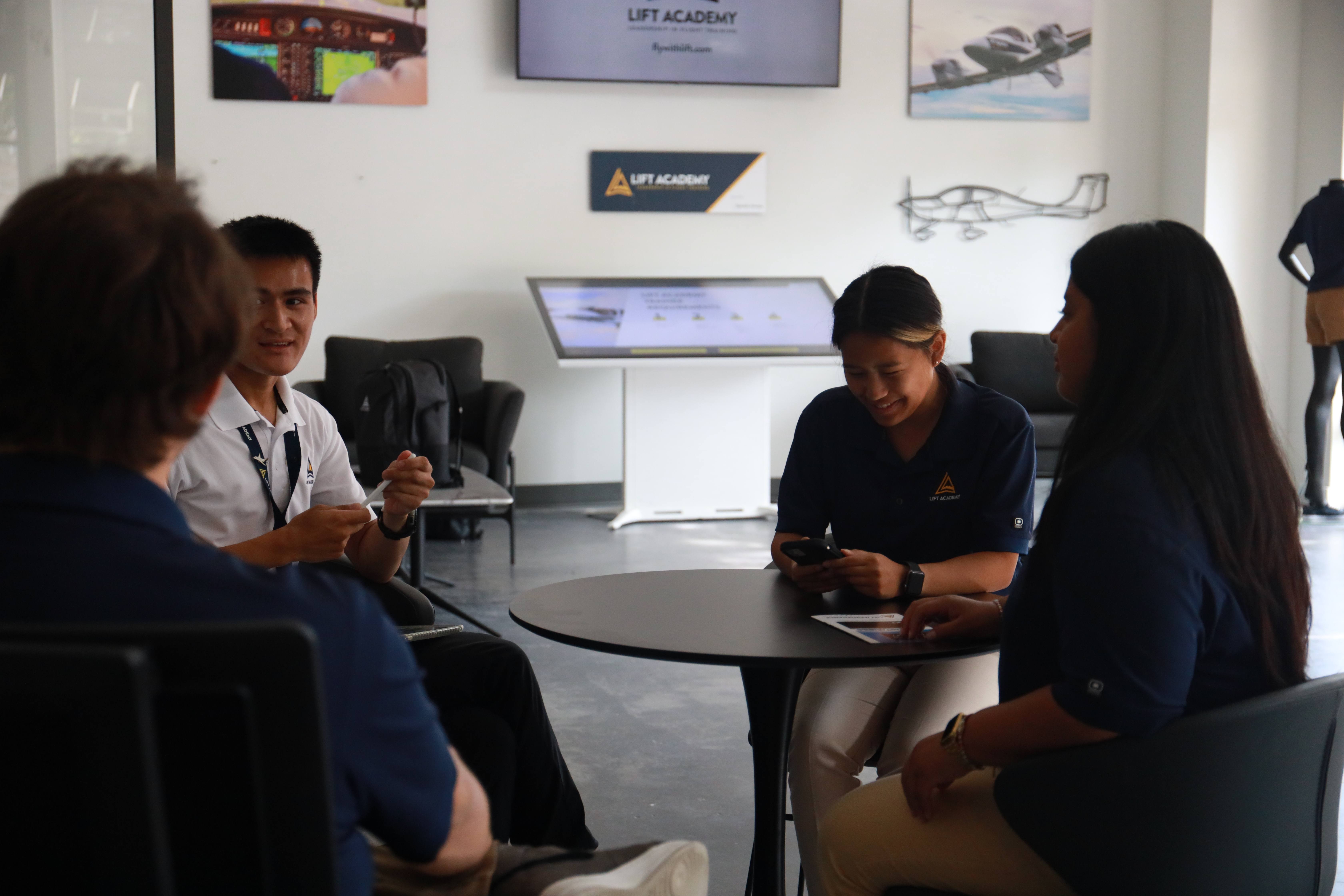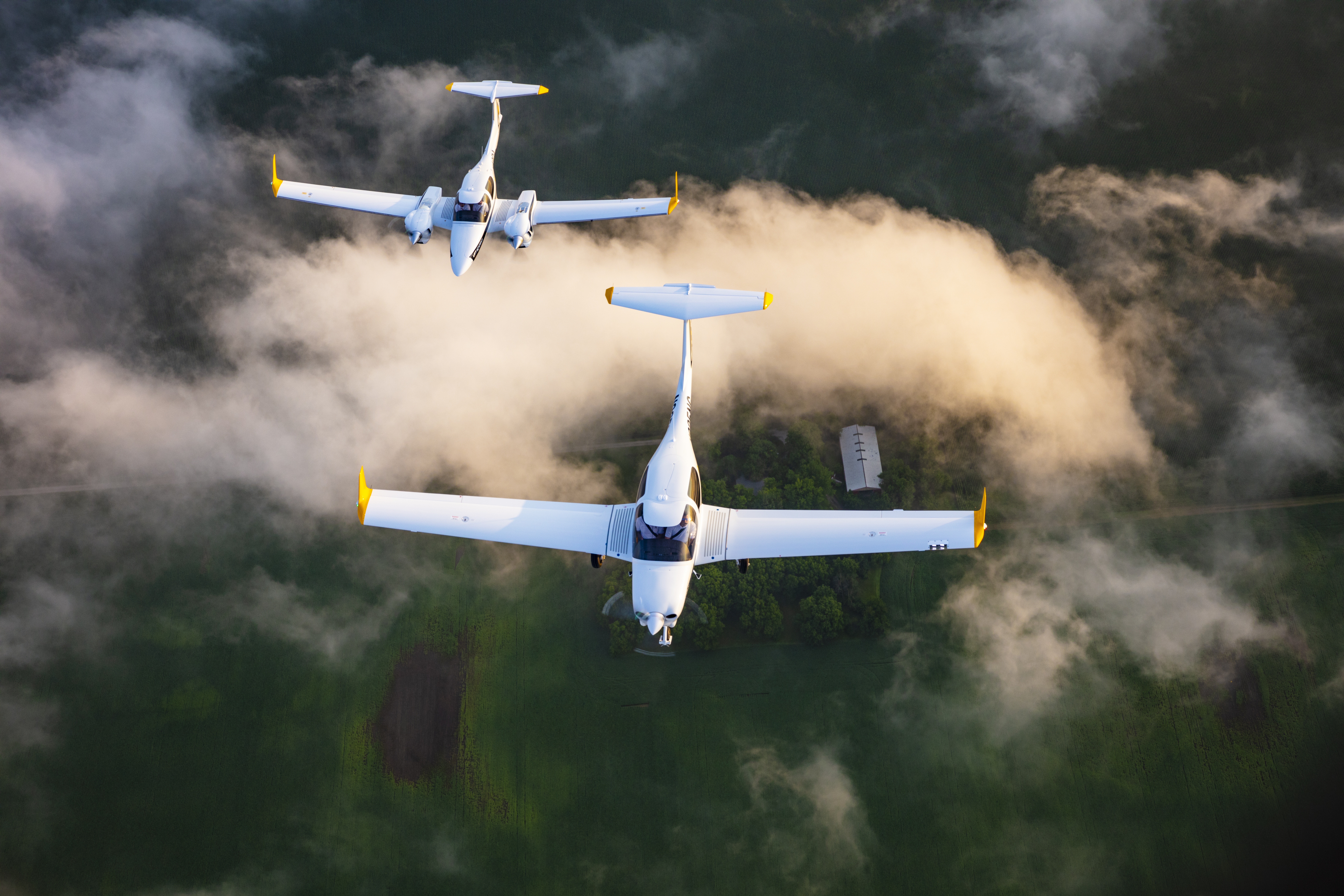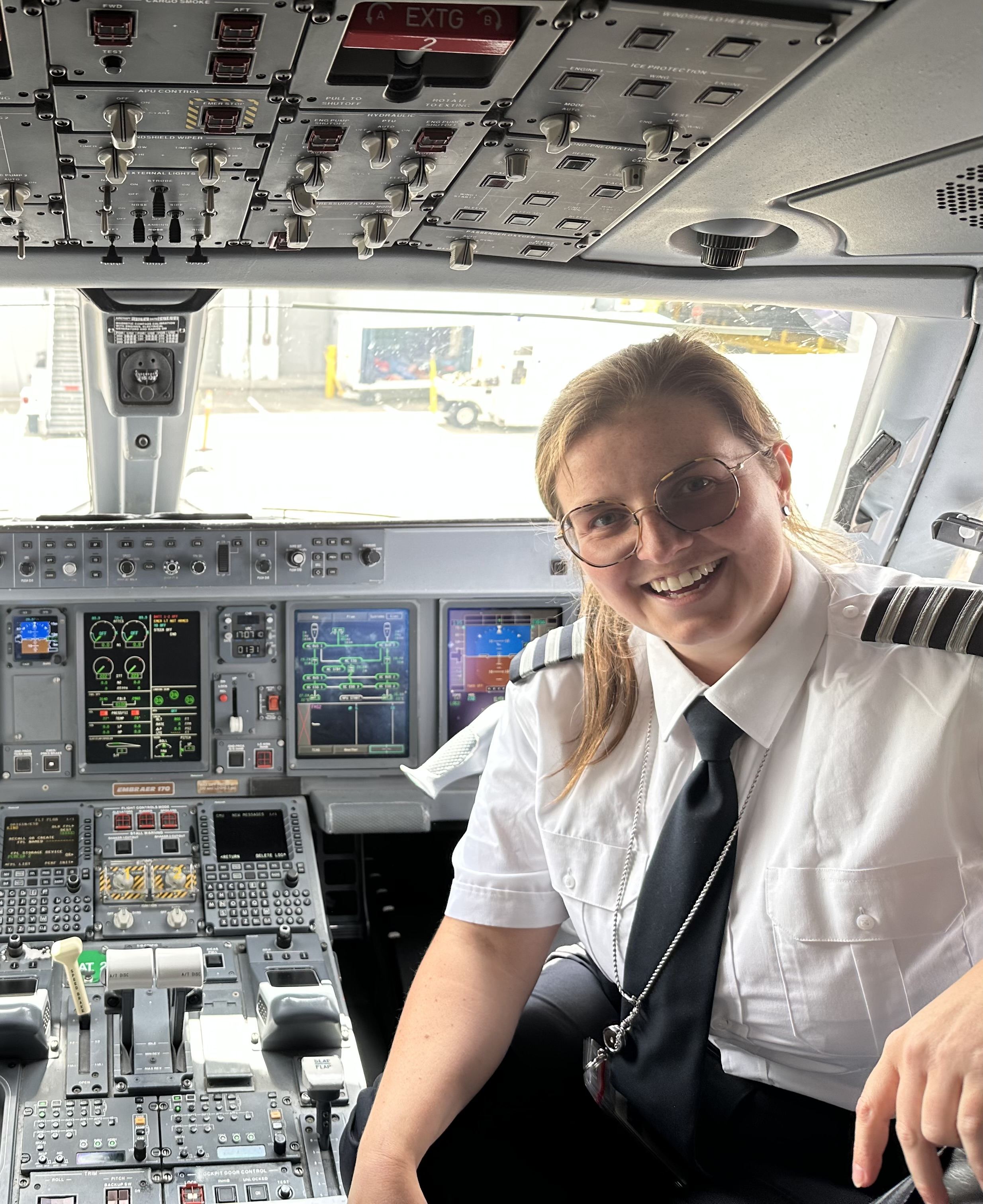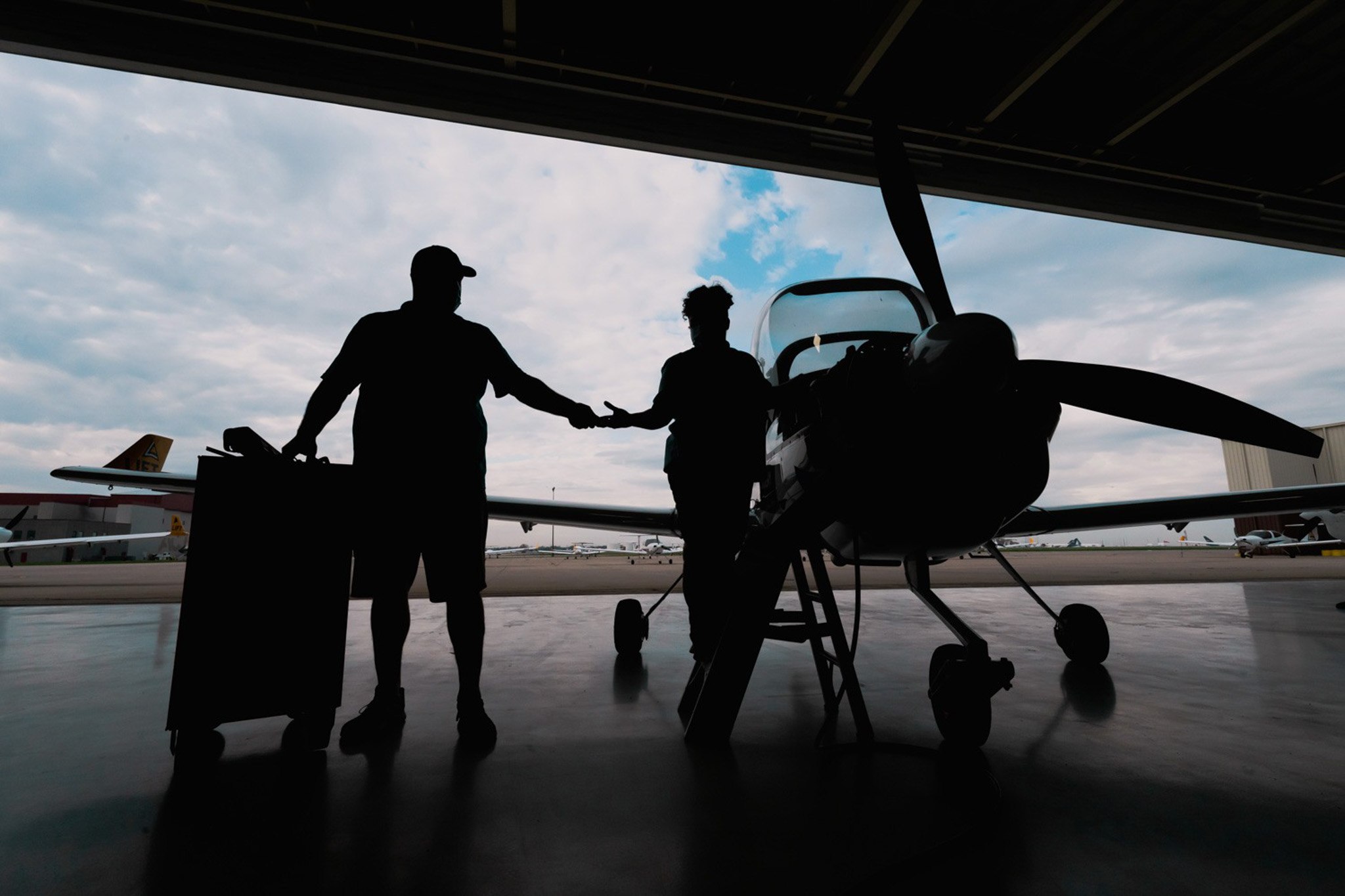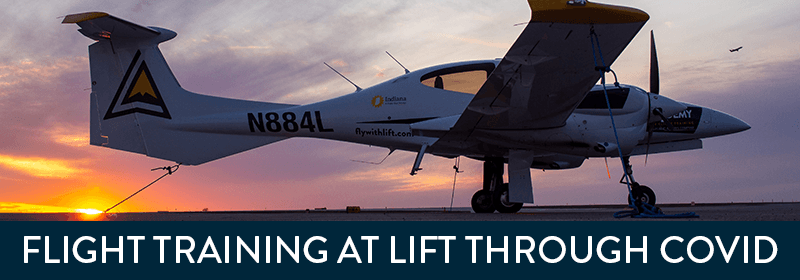
Flight Training at LIFT Through COVID
2,262,878 people traveled through TSA checkpoints on December 3, 2019. That is 68% higher than what we saw on December 3, 2020 and evidence of COVID-19’s impact on the airline industry. While travel is trending up, there likely won’t be growth in the industry until COVID-19 vaccines are available nationwide. If patience is a virtue, pilots win most virtuous in 2020.
While the aviation world may seem like a bad dream right now, flight training doesn’t have to be. Take a look at Boeing’s Pilot and Technician Outlook for 2020. Despite the current pause in demand for skilled pilots and technicians, the global shortage of aviators is still looming, making it as good of a time as ever to start flight training or begin working toward licenses for maintenance technicians.
The outlook is certainly bright, and where and how you train is of extreme importance. At LIFT, we take student and instructor safety seriously and have adapted several measures to ensure that our students are training in the best possible environment with added health precautions.
 Upon entering our facility, all guests, students, instructors and staff are greeted with a QR barcode that prompts a questionnaire suggested by the CDC. When people exit the building, they must also complete a questionnaire documenting who they have had interactions with while in the building or aircraft for potential contact tracing. While keeping HIPAA and NDA top of mind, this allows our HR team to conduct more thorough contact tracing, knowing who’s entered and exited the building and who they may have been exposed to while onsite in case there is a positive COVID-19 case confirmed of someone who’s been in our hangar. This also allows us to quarantine individuals instead temporarily closing the entire facility.
Upon entering our facility, all guests, students, instructors and staff are greeted with a QR barcode that prompts a questionnaire suggested by the CDC. When people exit the building, they must also complete a questionnaire documenting who they have had interactions with while in the building or aircraft for potential contact tracing. While keeping HIPAA and NDA top of mind, this allows our HR team to conduct more thorough contact tracing, knowing who’s entered and exited the building and who they may have been exposed to while onsite in case there is a positive COVID-19 case confirmed of someone who’s been in our hangar. This also allows us to quarantine individuals instead temporarily closing the entire facility.
While we took a brief hiatus from onsite flying in mid-March through early May, since we resumed flight training, we have also added:
- Deep cleaning of all classrooms, meeting spaces, lobby areas, and restrooms 3-4 times per day
- 1:1 CFI to student flight schedules (rather than dual-paired)
- Mask mandates while inside the building
- Hand sanitizer stations throughout the building
- De-sanitizing wipes and spray bottles in every room and every aircraft
- Staggered scheduled flight times to prevent large groups entering the hangar at once
These measures may not be the most convenient, but we’re committed to the added cost to keep our LIFT family safe. And because of the changes we implemented, we have been able to train continuously without large outbreaks or shutdowns, and our students’ training progress illustrates that. We have completed over 23,000 hours of flight time, 380 check rides and have held a 97.4% pass rate since we resumed training.
As we look toward 2021, we are excited for what the future holds. We’ re ready to expand our enrollment through our Vincennes University partnership and our new LIFT Licensed programs that allow aviators to come to LIFT for just one rating or all. (Seeking just your instrument rating? Check us out! We’ve now got options for you!) We are also working to expand our partnerships with K-12 education, community-based organizations and military support groups. We are seeking to create more access and awareness to flight training for underrepresented populations. What we are doing at LIFT is unique. Few flight schools invest in people and communities like we do; it’s been our mission since we first opened our hangar doors in 2018.
If you or someone you know is looking to become a pilot, please reach out to us. Our recruiters are happy to share why LIFT can be a great fit for you. Contact explore@flywithlift.com or 317-471-2200.
